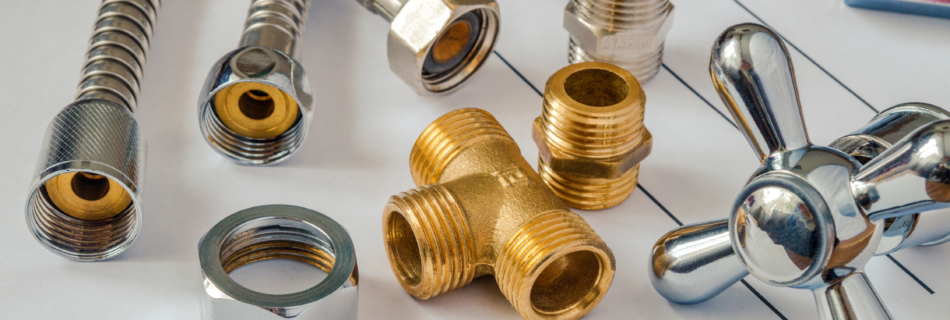Innovations in Plumbing Technology: Enhancing Construction Projects for Modern Demands
As construction company owners, staying up-to-date with the latest innovations and advancements in plumbing technology is essential to ensure that your projects meet modern demands. The plumbing industry has seen significant developments in recent years, with new technologies revolutionizing the way pipes are installed, maintained, and repaired. In this blog post, we will explore some of the most cutting-edge innovations in plumbing technology that can enhance your construction projects.
Smart Plumbing Systems:
One of the most exciting advancements in plumbing technology is the emergence of smart plumbing systems. These systems utilize sensors and internet connectivity to monitor water usage, detect leaks, and even adjust water flow based on usage patterns. By incorporating smart plumbing systems into your construction projects, you can offer clients greater control over their water usage and potentially save them money on their utility bills.
Eco-Friendly Fixtures:
With an increased focus on sustainability and environmental responsibility, eco-friendly fixtures have become a popular choice for modern construction projects. Low-flow toilets, faucets, and showerheads help conserve water without sacrificing performance. Additionally, innovative materials such as bamboo and recycled glass are being used to create stylish yet sustainable plumbing fixtures that appeal to environmentally-conscious clients.
3D Printing Technology:
3D printing technology has revolutionized many industries, including plumbing. Manufacturers are now using 3D printing to create customized pipe fittings and fixtures that are more precise and durable than traditional methods. This not only streamlines the installation process but also reduces waste by eliminating the need for excessive cutting and welding.
Augmented Reality (AR) for Pipe Inspection:
Traditional pipe inspection methods often involve invasive procedures that can be time-consuming and costly. However, with the advent of augmented reality (AR) technology, plumbers can now conduct inspections more efficiently and accurately. AR allows them to visualize pipes behind walls or underground without having to physically access them, saving time and minimizing disruptions to construction projects.
Hydro Jetting Technology:
When it comes to clearing clogged pipes and drains, hydro jetting technology offers a powerful solution that is both effective and environmentally friendly. This method uses high-pressure water jets to blast away debris and buildup inside pipes without the need for harsh chemicals or manual scraping. By incorporating hydro jetting technology into your construction projects, you can ensure that your clients’ plumbing systems remain clean and functional for years to come.
Conclusion
In conclusion, staying informed about the latest innovations in plumbing technology is crucial for construction company owners looking to enhance their projects for modern demands. From smart plumbing systems to eco-friendly fixtures, 3D printing technology to augmented reality pipe inspections, there are countless ways that new advancements can improve efficiency, sustainability, and cost-effectiveness in construction projects. By embracing these innovations in plumbing technology, you can set yourself apart from competitors while providing clients with cutting-edge solutions that meet their needs now and in the future.…



